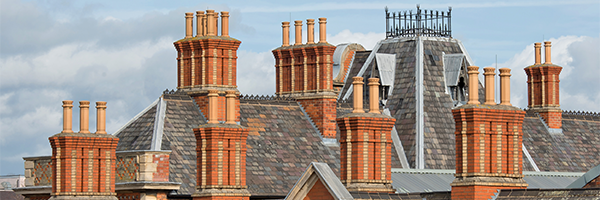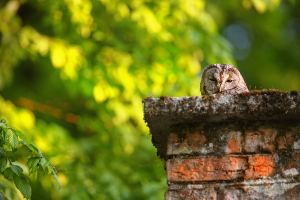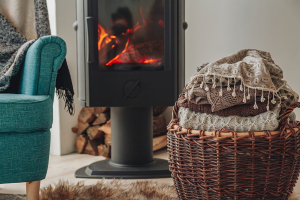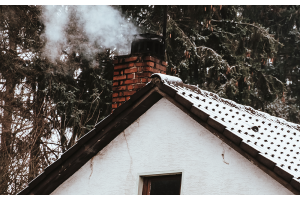
The purpose of a flue liner is to increase efficiency, help keep your chimney clean and improve safety.
Older unlined chimneys are mostly cold, since they lack insulation to keep them warm.
As a result this makes it harder for smoke to rise, and often will condense before it reaches the top of a flue. This will lead to water vapour forming – that can then lead to damp – along with heavier smoke being produced.
The more dirty smoke your chimney walls have to deal with, the more chance of creosote will form.
Once your chimney develops creosote it is incredibly difficult to get rid of and often leads to blockages.
Blockages are a common cause of chimney fires. A lined chimney protects you from said blockages but also against carbon monoxide leaks. If cracks form in your chimney there is a good chance dangerous fumes will leak.
A flue liner offers that increased protection against this happening.
So do I need a chimney liner if I have a wood burner?
Technically the answer is no, there is no law that says you must have your chimney lined, as long as your chimney meets the requirements of Document J building regulations.
One common misconception is that if your chimney is damaged, then you can repair it with a flue liner - it is not a suitable replacement for a chimney.
Secondly, again while it is not a requirement, flue liners are highly recommended for good reasons.
Along with all points above, one of the main benefits of fitting a flue liner to a stove is the better efficiency and performance.
You will experience less problems with drafts, lighting your fire and keeping it burning for longer.
So whilst yes, you do not need a flue liner, in the long run it will be much more beneficial to have one then not.





